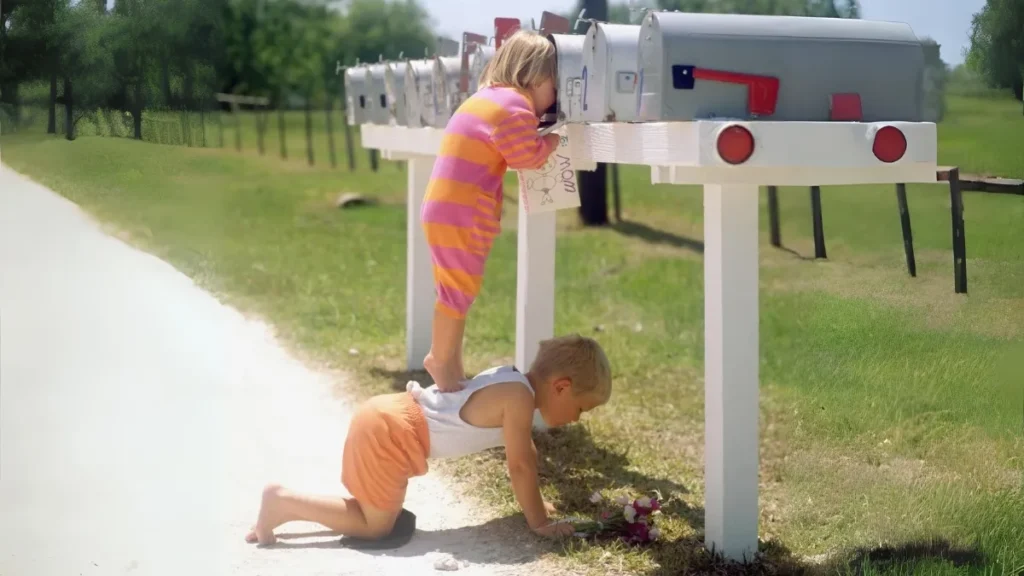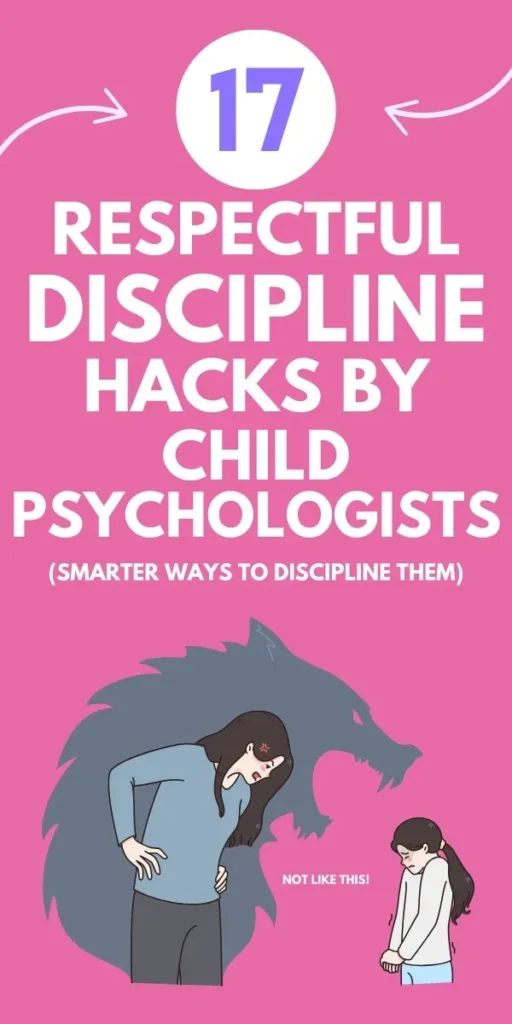Ever feel like you’re on a constant loop of “no” and “stop it”?
Traditional discipline methods can leave us feeling drained and kids feeling resentful. But there’s a better way!
Positive discipline is all about teaching, not punishing, your child. It fosters cooperation, builds self-esteem, and creates a more peaceful home environment for everyone.
positive discipline for toddlers
Benefits of Positive Discipline

Compared to negative discipline (yelling, time-outs, spanking), positive discipline focuses on long-term solutions. Here are 7 benefits of positive discipline:
- Builds trust and mutual respect between parent and child.
- Encourages open communication and problem-solving skills.
- Teaches essential life skills like empathy and self-regulation.
- Promotes long-term self-discipline and responsibility.
- Nurtures healthy emotional development and resilience.
- Strengthens the parent-child bond and fosters a positive family environment.
- Empowers children to make positive choices and build confidence.
Positive Discipline Techniques That Actually Work
These positive discipline techniques will help you to deal with challenging situations with grace (and maybe even a smile):
1. Setting Clear Expectations
This is the foundation! Explain what behavior you expect in simple, age-appropriate terms.
Example: Before heading to the park, tell your child, “We’re going to have fun at the swings, but remember, gentle hands on the equipment and kind words to other kids.”
Clear expectations help your child understand the boundaries and avoid confusion.
2. Redirecting Attention
Sometimes, a simple shift in focus can prevent a meltdown.
If your child is reaching for something off-limits, playfully redirect them to a safe and engaging activity.
Example: Notice your toddler fixated on a fragile lamp. Offer an exciting alternative, “Hey there, let’s build a towering block castle together!”
Redirection helps your child channel their energy productively.
Recommended: 300+ Fun & Easy Toddler Activities for Hours of Fun
3. Positive Reinforcement
Catch your child being good and make sure to praise them for it.
Whether it’s sharing a toy, using manners, or completing a chore, acknowledge their efforts with specific, sincere praise.
Instead of just saying, “Good job,” try, “I noticed how nicely you shared your toys with your friend. That was really kind of you!”
Positive reinforcement boosts your child’s self-esteem and motivates them to continue the desired behavior.
4. Modeling Behavior

Children are keen observers, mimicking what they see. Be the role model you want your child to be.
Example: Want your child to be polite? Use “please” and “thank you” generously in your interactions. Need them to be patient? Take a deep breath when waiting in line, demonstrating calmness.
When you model desired behaviors, you make them the norm for your child.
5. Time-In Instead of Time-Out
Instead of using time-outs as a form of punishment, offer your child a time-in.
When they’re upset or behaving inappropriately, create a safe space where they can calm down with your support.
Sit with them, offer hugs or comforting words, and help them process their emotions.
This approach teaches your child that it’s okay to feel upset and that you’re there to help them through difficult moments.
6. Logical Consequences
Rather than imposing arbitrary punishments, let the consequences of your child’s actions be logical and connected to their behavior.
For example, if they refuse to wear their coat on a cold day, they’ll feel cold when they go outside.
When kids experience the natural outcome of their choices, children learn to connect cause and effect, making them more likely to consider their actions in the future.
7. Active Listening

When your child is upset or frustrated, practice active listening to show that you understand and care about their feelings.
Get down to their eye level, maintain eye contact, and give them your full attention as they express themselves.
Reflect back what they’re saying to ensure you’ve understood correctly, and validate their emotions by saying things like, “I can see that you’re feeling really sad right now.”
Active listening strengthens your bond with your child and helps them feel heard and understood.
8. Empowerment Through Choices

Give your child opportunities to make choices throughout the day, within reasonable limits.
For example, let them choose between two outfits to wear, decide what vegetable to have with dinner, or pick which book to read before bedtime.
When you empower them to make decisions, you foster their independence and boost their confidence in their ability to make choices.
9. Problem-Solving Together

Instead of dictating solutions, work with your child to find solutions for challenging situations.
Example: If your child is struggling with homework, instead of just telling them the answers, ask guiding questions like, “What do you find challenging about this assignment?” and “How can we break it down into smaller, more manageable tasks?”
Problem-solving together teaches your child critical thinking skills and responsibility.
10. Use of “I” Statements

When expressing your feelings or addressing behavior, use “I” statements to communicate effectively without blaming or shaming your child.
For example, instead of saying, “You always make a mess!” try saying, “I feel frustrated when toys are left scattered around the living room.”
This approach helps your child understand the impact of their actions on others without feeling attacked, fostering empathy and promoting healthier communication.
11. Calm Down Techniques

Teach your child simple techniques for calming themselves down when they’re feeling upset or overwhelmed.
Practice deep breathing together, counting to ten, or using a sensory tool like a stress ball or a calming jar.
When you give them tools to manage their emotions, you empower them to regulate their behavior and navigate challenging situations more effectively.
12. Consistency
Consistency is key when it comes to positive discipline. Make sure to enforce rules and consequences consistently, so your child knows what to expect and understands that boundaries are non-negotiable.
Consistency provides a sense of security and stability for your child, helping them feel safe and confident in their environment.
13. Family Meetings

Hold regular family meetings to discuss expectations, rules, and solutions to recurring challenges. This fosters a sense of teamwork and open communication.
Family meetings promote a sense of unity and belonging, strengthening family bonds and fostering a collaborative approach to problem-solving.
14. Teaching Empathy
Help your child develop empathy by encouraging them to consider others’ feelings and perspectives.
Talk about how their actions impact others and encourage them to imagine how they would feel in someone else’s shoes.
Engage in activities that promote empathy, such as volunteering together or reading books with characters who demonstrate empathy and kindness.
When you nurture empathy in your child, you lay the foundation for your child to become a compassionate and caring individual.
15. Natural Rewards
Allow your child to experience the natural rewards of their positive behavior.
When they demonstrate kindness, responsibility, or cooperation, acknowledge and celebrate their efforts.
For example, Celebrate milestones and good behavior with natural rewards like spending extra time at the park or reading an extra bedtime story.
16. Role-Playing
Practice positive behavior through role-playing scenarios with your child.
Act out common situations they may encounter, such as sharing toys with a friend or resolving a disagreement with a sibling.
Guide them through the appropriate responses and praise their efforts as they demonstrate positive behavior.
Role-playing helps your child internalize social skills and prepares them to handle real-life situations with confidence.
17. Gratitude Practice

Express gratitude together for the good things in your life.
Whether it’s a sunny day, a delicious meal, or a kind gesture from a friend.
Create a gratitude ritual, such as sharing something you’re thankful for at the dinner table each night, to cultivate a sense of appreciation and positivity in your home.

Conclusion
When you incorporate these techniques, you’ll not only address immediate behavior issues but also equip your child with valuable life skills for navigating the world with kindness, confidence, and emotional intelligence.